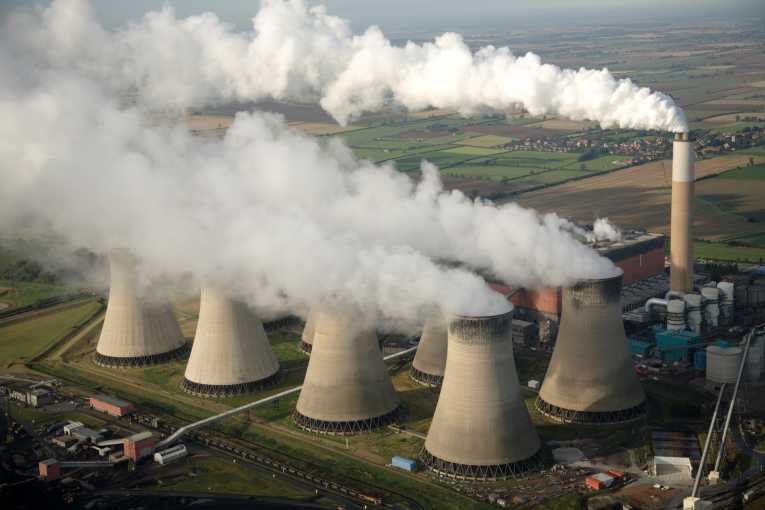
A report prepared by Oxfam GB with the help of Stockholm Environment Institute released recently on November 20 2023 has stated that carbon emissions of the richest 1 per cent at world level accounted for 16 per cent of the world’s total CO2 emissions in 2019. The top 10 per cent or the richest 10 per cent account for about 50% of the global consumption emissions.
The richest 1 per cent of the world’s population (about 77 million people) produced as much carbon pollution as the 5 billion who comprise nearly two thirds or about 66% of the world’s population in 2019. The emissions of the richest 1% are likely to cause about 1.3 million excess heat related deaths.
These latest estimate of climate change inequalities only confirm the well-established fact that while climate change is largely caused by the carbon and GHG footprint of the rich and elite sections, its burden is imposed in a highly unjust way on the poorer people. If we look at this in historical terms, the entire history of the industrial times, then this inequality is established in even more serious ways. In colonial times the colonies were exploited in a hundred different ways in order to facilitate the industrialization and wealth accumulation of the colonizer and imperialist countries. In a more recent phase, many pollution industries and activities were deliberately transferred to the global south to produce at low and uncertain margins many of the products needed in rich countries while a high pollution load was shifted to developing countries– poor countries as well as emerging economies.
Ultimately at consumption level it becomes clear that the biggest potential for cutting GHG emissions is at the level of the top 10 per cent or the richest 10 per cent of the world population which is responsible for about 50% of CO2 emissions. If the carbon emissions at this level can be kept close to what it is for the other 90% of the population, then it is possible to get much closer to achieving GHG reduction targets.
Hence the reduction of consumption inequalities, in turn linked to wealth and income inequalities, can contribute a lot to checking climate change and related environmental problems. If reduction of inequalities makes it possible to place a bigger share of income and assets in the hands of the bottom 50% of the population, then this also improves the resilience and adaptation capacity of the most vulnerable sections.
In other words the environmental issues are closely linked to justice issues. It is possible at the same time to reduce poverty and want in world on the one hand and effectively tackle climate change mitigation and adaptation on the other hand, if a suitable agenda is followed combining equality and justice with various important aspects of environment protection and reducing GHG emissions. These two aspects are highly supportive towards each other. This is the way forward for the entire world—reducing inequalities and injustice at all levels—international and national, village and city—and in addition, also at all levels, checking pollution and GHG emissions in all possible ways and placing much greater emphasis on protection from all kind of disasters.
While the recent Oxfam report makes a strong pitch for linking environment protection and equality/justice, it does not speak about integrating environmental concerns with peace concerns. However this should also get more attention from the environmental movement. If costs in terms of carbon emissions and GHG emissions are calculated for all aspects of wars, war preparations, weapons, weapons race and militarization, then it becomes clear that this is a very high source contributing to GHG emissions and to climate change. Hence an agenda of peace, disarmament and no-more-wars can also contribute very significantly to resolving to climate change crisis. Hence environmental, justice and peace concerns are closely linked and can contribute a lot to each other, and ultimately to the creation of a much safer world.
In terms of finance the Oxfam study shows that a 60% tax on the richest 1% of the world can yield $6.4 trillion a year for financing a shift away from fossil fuels.
Bharat Dogra is Honorary Convener, Campaign to Save Earth Now. His recent books include Planet in Peril, Protecting Earth for Children and A Day in 2071.












































